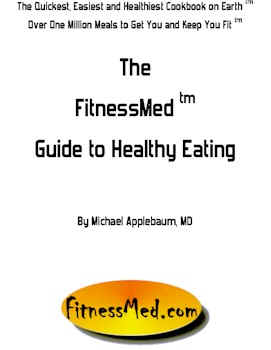The ACSM has "unofficially" posted data on how fast you should walk for "MINIMALLY" "moderate-intensity physical activity."
"Researchers at San Diego State University and Arizona State University utilized commercial pedometers on a community sample of adults. Their results support an approximate 100 step/minute recommendation for minimally moderate intensity. To meet ACSM/CDC recommendations, this equates to 3,000 steps in 30 minutes, or three daily bouts of 1,000 steps in 10 minutes."100 steps per minute is 1.67 steps per second.
Assuming an average stride length of 2.33 feet, a walker covers 233 feet per minute or 1 mile in 22.7 minutes. In 30 minutes, you would travel 1.3 miles and burn off an average of 130 Calories for your efforts.
Let's compare this to some other data. For example, how fast do you have to move your legs to be a world-champion runner?
So in 1984, if you believe this data, the fastest people in the world moved their legs between 1.85 and 2.0 times faster than the ACSM "unofficially" suggests that a fat, out of shape, possibly older individual moves his or her legs.
All this just to effectively reduce the same number of Calories you could by simply exchanging one soda with sugar for one without.
Of course, all your efforts would be undone by overeating a mere 26.6 grams of food, which is about an ounce.
There are two significant advantages to doing this walk thing in places where other out of shape people are trying to move, at a minimum, between 50 - 54% as fast as world champions.
Incidentally, what is the difference between "minimally" "moderate-intensity physical activity" and "maximally" "moderate-intensity physical activity" ?
The difference appears to be a factor of 2. (3.5 x 2 = 7)
Therefore, to still engage in "moderate-intensity physical activity," but at the higher end, you only have to move as fast as 1984's fastest world champion track and field athletes (100 steps/minute x 2 = 200 steps/minute).
Sounds both reasonable and "moderate" to me.
To maximize the benefits of these "unofficial" exercise recommendations, try to walk in a place where people do not settle for "minimally" "moderate-intensity physical activity."
The more bodies you have to avoid or step on, the better the workout.
BTW, can anyone spell "heart attack"?








No comments:
Post a Comment